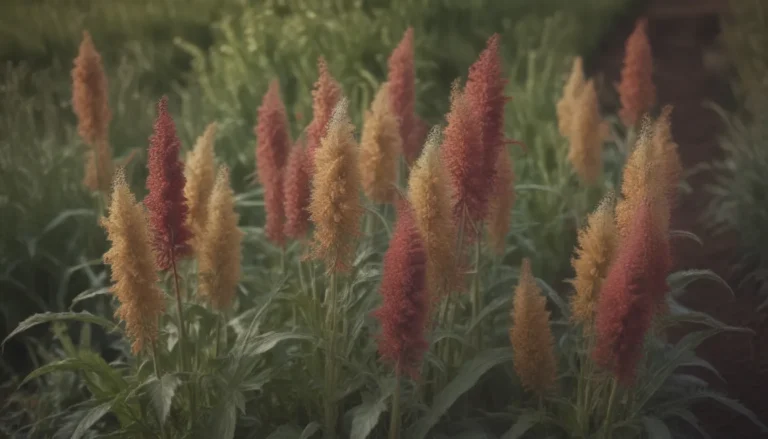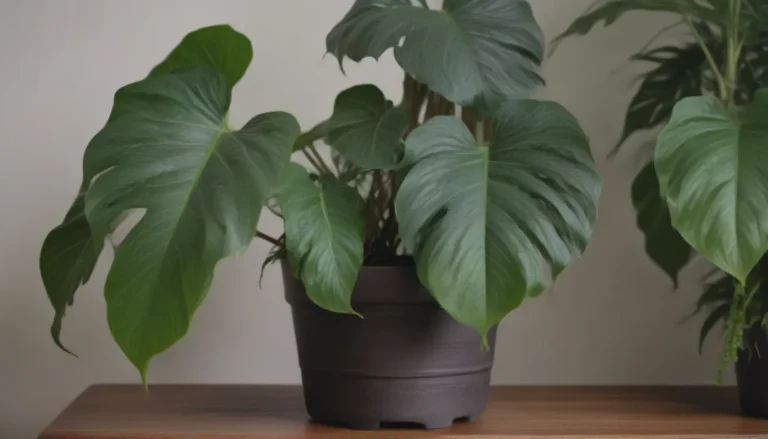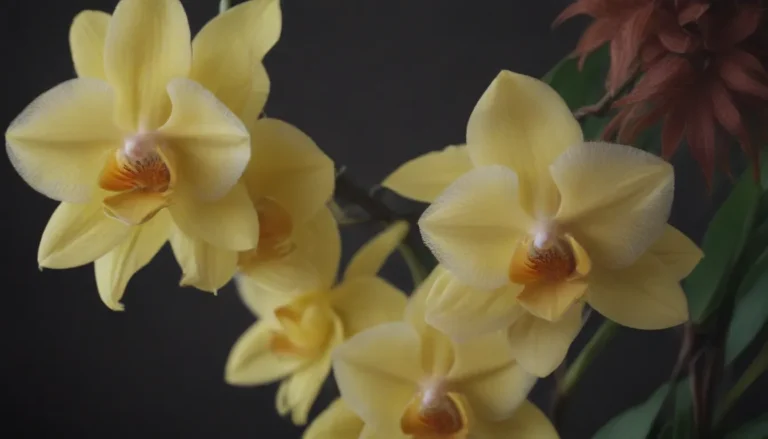Comprehensive Guide: How to Successfully Grow and Care for Sweetbay Magnolia

If you are looking to add a touch of elegance and beauty to your landscape, consider planting the stunning Sweetbay Magnolia tree. Native to North America, this flowering tree, also known as the swamp magnolia, can be a captivating addition to any garden or yard. Whether you live in the northern part of its hardiness range where it appears as a shrub, or in the south where it matures into a small evergreen tree, the Sweetbay Magnolia is sure to impress with its unique features.
Understanding Sweetbay Magnolia
The Sweetbay Magnolia boasts emerald lance-shaped leaves that are silver or white on the underside, and delicate creamy white, lemon-scented flowers that bloom in late spring or early summer. Each flower blooms in the morning and closes at night, lasting for a few days before gracefully falling from the tree. With a moderate growth rate of 1 to 2 feet per year, this tree can be a beautiful addition to your outdoor space that will continue to grow in beauty for years to come.
Benefits of Sweetbay Magnolia
- Adds elegance and beauty to your landscape
- Adapts well to various climates
- Thrives in wet, boggy soils
- Attracts pollinators with its fragrant flowers
Sweetbay Magnolia Care Tips
Growing and caring for the Sweetbay Magnolia is relatively easy if you provide it with the right conditions and attention it requires. Here are some essential care tips to ensure your Sweetbay Magnolia thrives in your garden:
Light
Sweetbay Magnolia trees are not too picky when it comes to light conditions. They can thrive in both full sunlight and partial shade. However, to encourage abundant blooms, ensure the tree receives at least six to eight hours of sunlight each day.
Soil
For optimal growth, plant your Sweetbay Magnolia tree in moist, rich soil abundant with organic matter. Unlike other magnolia trees, this species thrives in wet, boggy soils and can tolerate predominantly clay soils. It prefers acidic soil with a pH between 5.5 and 6.5. If the leaves start to turn yellow, it may indicate that the soil pH is too alkaline and needs amending.
Water
The Sweetbay Magnolia appreciates regular watering, especially during the establishment period. Ensure the soil remains consistently moist, but not waterlogged. In hotter weather conditions, be prepared to provide additional watering to keep the tree hydrated.
Fertilizer
Before fertilizing your Sweetbay Magnolia, conduct a soil test to determine if there are any deficiencies. Organic slow-release fertilizers are recommended to avoid fertilizer burn. Mulch can also be beneficial for providing essential nutrients to the tree.
Temperature and Humidity
Sweetbay Magnolia trees do not have strict temperature or humidity requirements, as long as they are grown in their appropriate hardiness zones. In cooler climates, the tree may remain smaller and shrubbier in size compared to warmer regions.
Types of Sweetbay Magnolia
Several cultivars of the Sweetbay Magnolia are available, each with its unique characteristics and hardiness ratings. Some popular cultivars include:
– ‘Emerald Tower’
– ‘Henry Hicks’
– ‘Keltyk’
– ‘Santa Rosa’
– ‘Northern Belle’
Ensure to research the hardiness of each cultivar before making a selection to ensure it thrives in your specific climate.
Pruning and Propagating
Pruning is essential to shape and maintain the health of your Sweetbay Magnolia tree. Young trees should be pruned soon after they are established, while older trees require more gentle pruning techniques. You can propagate Sweetbay Magnolia from softwood cuttings or seeds collected from the seed pods that fall from the tree in the fall.
How to Grow Sweetbay Magnolia From Seed
Collect seeds from the dry seed pods in the fall and scarify them before planting in the desired location. Seed-grown trees may take several years to mature into flowering trees, so patience is key when starting from seeds.
Potting and Repotting
Smaller Sweetbay Magnolia cultivars can thrive in containers on decks or patios. Choose a large container with sufficient drainage and water frequently to maintain the tree’s health. Repotting may be necessary every few years as the root ball expands.
Overwintering
In cooler zones, protect the roots of your Sweetbay Magnolia with mulch during the winter months to prevent frost damage. Clean the area around the tree to avoid fungal spores and insect infestations.
Common Pests and Plant Diseases
Sweetbay Magnolia trees are relatively disease-free, but they may occasionally encounter issues such as fungal leaf spot or pest infestations. Treat any fungal diseases with appropriate fungicides, and control pests like scale and leaf miners with horticultural oils.
Troubleshooting Common Problems
If you notice yellowing leaves or brown foliage on your Sweetbay Magnolia tree, it may indicate issues with the soil pH or water availability. Address these problems promptly to ensure the tree remains healthy and vibrant. Additionally, watch out for scale infestations that may cause rough, bumpy patches on twigs and leaves.
Conclusion
The Sweetbay Magnolia is a charming and adaptable tree that can enhance the beauty of any landscape. By following proper care guidelines and providing it with the right conditions, you can enjoy the stunning blooms and fragrant flowers of this native North American tree for years to come. Whether planted in the ground or in a container, the Sweetbay Magnolia is sure to be a delightful addition to your outdoor space.





